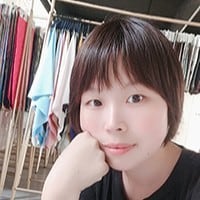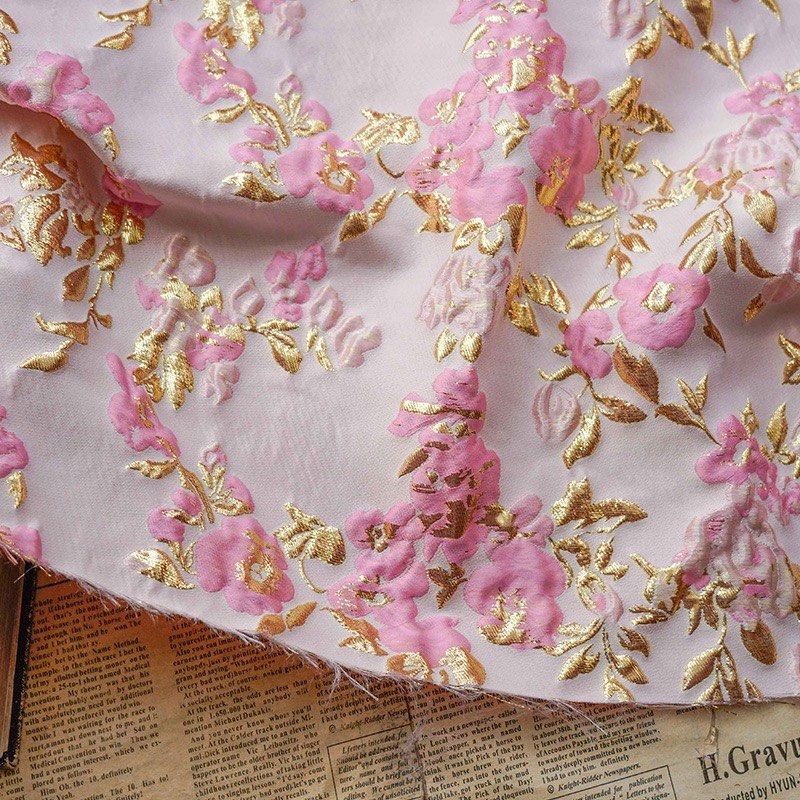Looking for a reliable supplier of unique, hard-to-find fabrics? This expert guide shows you exactly how to find and work with niche fabric manufacturers—even for small orders.
🟢 Quick Answer (Featured Snippet Optimized):
To find a professional niche fabric supplier, you should 1) define your design and material needs clearly, 2) use specialized platforms or direct outreach to boutique mills, 3) look for suppliers who accept low MOQs and flexible payment/shipping, 4) test with small samples, and 5) ensure they understand your creative language and support co-development.
✂️ Why Niche Fabrics Are So Hard to Source?
Niche fabrics—like 3D embroidered tulles, coated denim, retro jacquards, or iridescent sheers—aren’t produced at scale. They require specialized techniques, custom development, and often come with unpredictable lead times and high minimums.
As a fabric designer who has spent 20+ years developing specialty fabrics for emerging and established designers, I’ve seen countless brands struggle with this. But the real problem isn’t just the fabric—it’s finding a supplier who understands both your creative vision and your business limitations.
✅ 5 Steps to Find a Reliable Niche Fabric Supplier
1. Define Your Version of “Niche”
Don’t just say “I want something different.” Be specific:
- End use: dress? blazer? stagewear?
- Mood: dreamy? futuristic? romantic?
- Texture or effect: crushed, coated, crinkled, sheer?
🎯 Expert Tip:
The more visual references you bring (Pinterest boards, sketches, even runway screenshots), the easier it is to match you with a suitable supplier. Many niche fabrics are actually custom blends—like metallic foil over ribbed mesh or digitally printed pleated satin.
2. Use Smart Search Channels (Not Just Alibaba)
Forget random suppliers from mass-market platforms. Try:
- 🌐 Made-in-China.com
- 🌍 Alibaba Global (with filtered search + supplier badge)
- 🧵 Première Vision – top global textile show
- 📱 Instagram/TikTok: search
#fabricdevelopment,#textiledesignstudio,#customfabric
🎯 Pro Strategy:
Many small creative mills post on social first. DM them—this works better than cold emailing. Suppliers willing to post their latest designs publicly are usually more design-forward.
3. Choose Suppliers with Low MOQ + In-House Development
Red flags: high MOQ (500m+), unwilling to sample, unclear communication.
What to look for:
- Offers 30–100m sampling or trial production
- Has own weaving/printing/finishing capabilities
- Provides swatchbooks or PDF catalogs on request
👨🏭 Industry Insight:
In my own factory, we get frequent requests for “3 meters of iridescent tulle” or “20m custom digital print.” We never refuse sampling because we understand designers often need to test on real garments before scaling up.
4. Communication Is Everything
You’ll describe a mood like “vintage Parisian” or “minimalist drama.” A bad supplier replies, “Do you have a photo?” A good one says, “That sounds like burnout velvet or matte satin with devoré—let me show you samples.”
🎯 Pro Tip:
Look for suppliers who speak “designer language.” If they don’t understand your vision, your fabric will look off—even if technically correct.
5. Payment, Shipping & Sample Handling
This is what most blog posts don’t tell you—but it matters.
💳 Payment Options:
- PayPal (for small overseas orders)
- T/T (bank wire transfer)
- Trade Assurance (via Alibaba)
- Wise / Alipay (for flexible options)
📦 Shipping Methods:
- Sampling: DHL, UPS, FedEx (fast and trackable)
- Bulk: Air cargo, sea freight, or shipping consolidators
🧠 From My Experience:
We once had to ship a sample set to NYC within 48 hours for a designer heading to fashion week. We chose DHL + custom label packaging. The client ordered 200 meters the next week. Fast logistics closes deals.
💰 How to Control Costs When Using Niche Fabrics
- Use statement fabrics only in key panels (sleeves, yokes, trims)
- Ask for “visual impact, low-cost” options (like foil print on chiffon vs silk)
- Batch development with other designers to share costs
👨🏭 Personal Insight:
In my factory, we offer designers access to “leftover” high-end fabrics (like limited-run jacquards) at 30–50% off. These are small rolls, perfect for limited collections.
❓ Designer FAQ
Q: I’m a new designer. Will suppliers work with me?
A: The good ones will. We’ve worked with solo designers, students, and influencers. Be honest about your goals and sample needs.
Q: Is niche fabric always expensive?
A: Not always. You’re paying for uniqueness, not necessarily luxury. We’ve made stunning collections using low-cost fabrics + high-impact finishing.
Q: How do I protect my design when developing custom fabrics?
A: Ask for an NDA. Professional suppliers will sign one. My factory always keeps client swatches and designs confidential—we build trust, not noise.
🎯 Final Takeaway (Close with Expertise)
Finding niche fabrics isn’t just about finding a supplier—it’s about finding a partner who listens to your ideas, respects your limitations, and helps you scale your creativity into reality.
If you’re ready to work with someone who’s helped hundreds of designers transform moodboards into fabrics that turn heads, I’m here.
Let’s bring your vision to life—swatch by swatch, roll by roll.





















